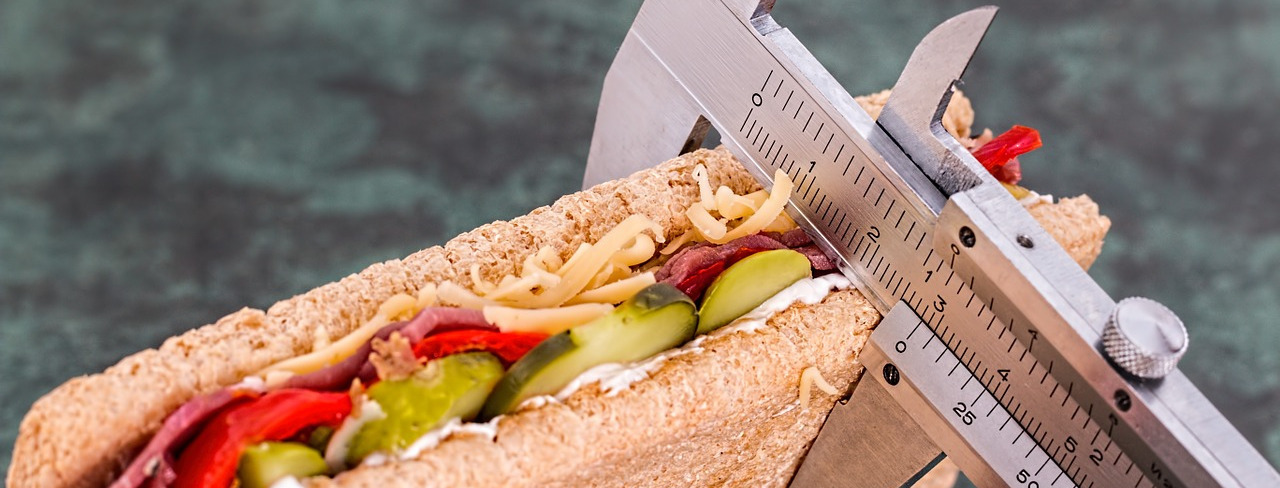Fighting Obesity with 3D Printing
 Since the 1980s, three-dimensional (3D) medical printing and bioprinting technologies have been influencing almost every aspect of the human life. Most people are, however, surprised at the kind of impact additive printing is having in the field of medicine. The technology is helping diagnose and treat complex illnesses ranging from cancer and heart disease to arthritis and infections. In recent months, several innovative 3D tools have also been created to overcome obesity. More than two-thirds of adults in the United States are obese or overweight. The prevalence of obesity has doubled in children and quadrupled in adolescents in the last 30 years. This has increased the risk of Type II diabetes, cancer and other serious conditions in men and women of all ages and abilities. Both government agencies and nonprofit organizations have spent millions of dollars creating awareness about the issue. Consequently, many people now understand the importance of healthy diet and exercise. They, however, lack resources that will help them accomplish such goals. Physicians are also looking for tools that will assist them in treating morbid obesity more effectively. Thankfully, 3D printing technology is offering some novel solutions to everyone, and researchers believe that it will ultimately bolster the efforts aimed at reducing weight and enhancing fitness levels.
Since the 1980s, three-dimensional (3D) medical printing and bioprinting technologies have been influencing almost every aspect of the human life. Most people are, however, surprised at the kind of impact additive printing is having in the field of medicine. The technology is helping diagnose and treat complex illnesses ranging from cancer and heart disease to arthritis and infections. In recent months, several innovative 3D tools have also been created to overcome obesity. More than two-thirds of adults in the United States are obese or overweight. The prevalence of obesity has doubled in children and quadrupled in adolescents in the last 30 years. This has increased the risk of Type II diabetes, cancer and other serious conditions in men and women of all ages and abilities. Both government agencies and nonprofit organizations have spent millions of dollars creating awareness about the issue. Consequently, many people now understand the importance of healthy diet and exercise. They, however, lack resources that will help them accomplish such goals. Physicians are also looking for tools that will assist them in treating morbid obesity more effectively. Thankfully, 3D printing technology is offering some novel solutions to everyone, and researchers believe that it will ultimately bolster the efforts aimed at reducing weight and enhancing fitness levels.
Liposuction Tools
BioSculpture Technology, under the leadership of New York Downtown Hospitals and the Presbyterian New York affiliated plastic surgeon Robert Cucin, is relying on 3D printing to develop an innovative line of surgical instruments to perform liposuction. The technology is also allowing surgeons to create exact replicas of the patient’s organs and practice the procedure before the actual intervention. Together, these products are making liposuction more accessible and safe. Liposuction is an invasive procedure that involves removal of excess fat from various parts of the body and is commonly used treat obesity. Close to 400,000 people underwent this surgery in 2015, as per the American Society of Aesthetic Plastic Surgery.
Tracking Devices
Exertion Games Lab in Melbourne, Australia, has created a simple device that can print 3D models of the user’s physical activity time, sleep time, and heart rate during the week to motivate and encourage them to set new challenges. Unlike smartphones and pedometers, the Exertion Games Lab device caters to the needs of children as it helps them grasp complex fitness-related information with ease. Children can also hold these models in their hands and share their enthusiasm with their peers.
The Potential
These examples just form the tip of the iceberg. The impact of 3D printing on the fight against obesity is expected to go beyond creating mechanical devices and surgical instruments. Tamara Nair, a Research Fellow at the Centre for Non-traditional Security (NTS) Studies in the S. Rajaratnam School of International Studies (RSIS), believes that the technology can also be used to create food products with higher nutritional value. Such foods may help obese and overweight individuals manage calorie intake according to their activity level. The 3D printing technology can also make nutritious foods more palatable, says Nair. These potential benefits may appear like science fiction to some readers. Nonetheless, if the recent advances in the 3D printing and bioprinting technologies are anything to go by, they may turn into reality very soon.




0 Comments
Recommended Comments
There are no comments to display.
Create an account or sign in to comment
You need to be a member in order to leave a comment
Create an account
Sign up for a new account in our community. It's easy!
Register a new accountSign in
Already have an account? Sign in here.
Sign In Now